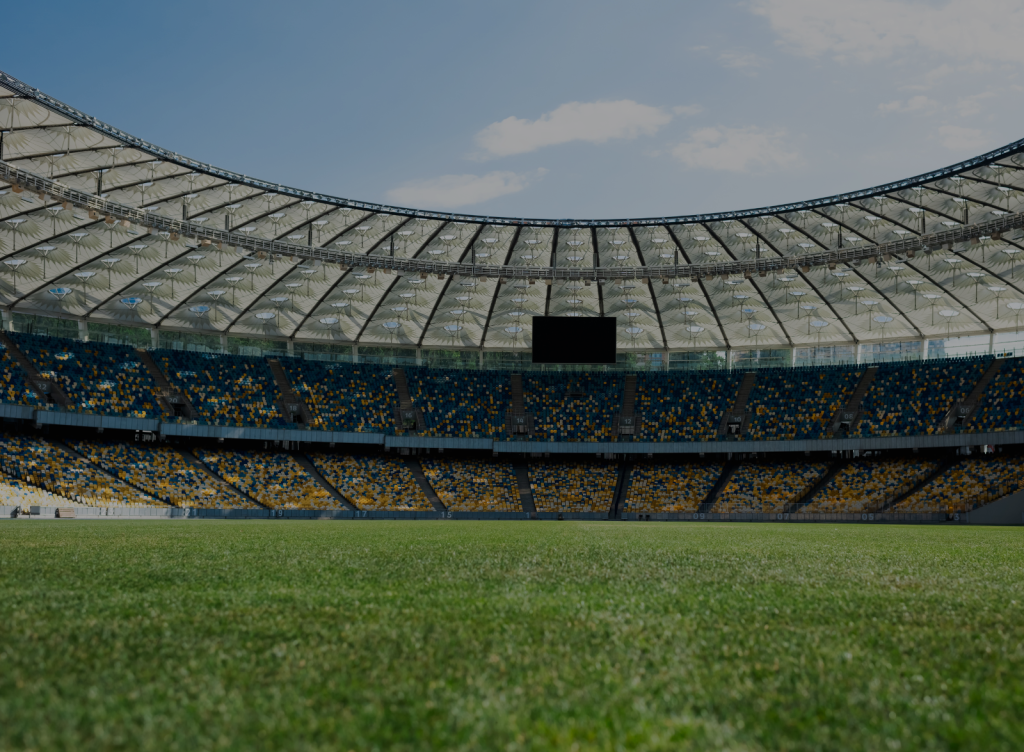In an era marked by the pursuit of sustainability in hospitality industry is no exception. Event planners, venue owners, and attendees are increasingly recognizing the importance of environmentally responsible event planning.
One revolutionary technology that has emerged as a game-changer in this context is Digital Twins.
In this article, we will explore the concept of Digital Twins, their role in bridging the physical and digital realms, and the sustainability benefits they bring to event planning.
Digital Twins refer to a virtual replica of a physical object, process, or system. This digital counterpart mirrors the real-world entity in real-time, allowing for analysis, prediction, and control. In the context of event planning, Digital Twins can represent event venues, layouts, and setups in a highly detailed and interactive manner.
Click here to see how Spalba builds unique digital twins instead of a 3d model for it’s venues
Digital Twins offer a transformative bridge between the physical and digital worlds. They provide a dynamic platform for monitoring and optimizing real-world processes, making them indispensable in a wide range of industries. For event planners, this means having a virtual, data-rich representation of event spaces, allowing for efficient design, management, and sustainability assessment.
Sustainable event planning involves reducing environmental impacts while delivering exceptional experiences. Digital Twins are pivotal in achieving this delicate balance. They empower planners to visualize and fine-tune event designs, enabling energy-efficient layouts, waste reduction, and resource optimization.
- Reduced Resource Consumption: Digital Twins enable precise resource allocation, preventing overuse of materials, energy, and water during event setups.
- Carbon Footprint Reduction: By optimizing layouts and logistics, planners can minimize transportation-related emissions, contributing to a lower carbon footprint.
- Waste Minimization: Detailed virtual simulations help identify potential waste generation points, allowing for proactive waste management strategies.
- Energy Efficiency: Digital Twins can model energy consumption within event spaces, helping planners select energy-efficient technologies and reduce consumption.
Digital Twins have already made significant strides in industries like manufacturing, healthcare, and urban planning. In event planning, they are applied to simulate venue layouts, seating arrangements, and crowd movements, enabling precise event execution.
Check out some spalba venues
The future of event planning lies in the seamless integration of Digital Twins. We can expect to see even more sophisticated virtual representations of event spaces, coupled with real-time data feeds for enhanced decision-making. As sustainability remains a top priority, Digital Twins will play a vital role in creating greener and more eco-conscious events.
In the pursuit of sustainable event planning, Digital Twins emerge as a transformative technology. They empower planners to visualize, optimize, and execute events with minimal environmental impact. As we move forward, embracing Digital Twins will not only elevate event planning standards but also contribute to a greener, more sustainable future for the events industry.



